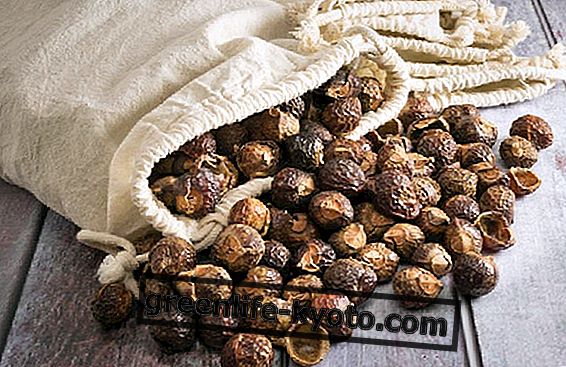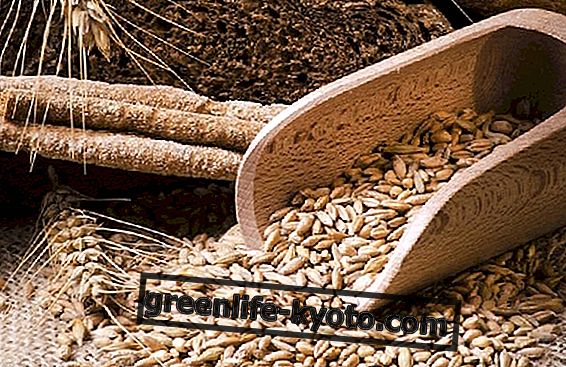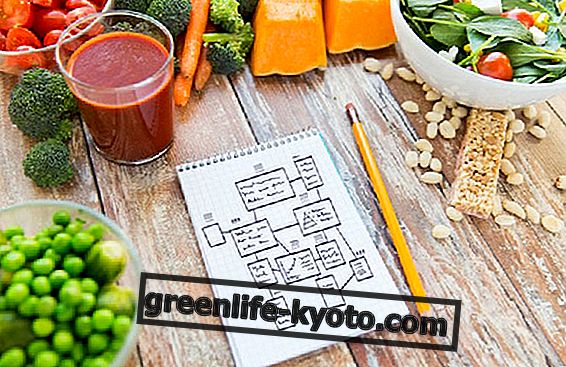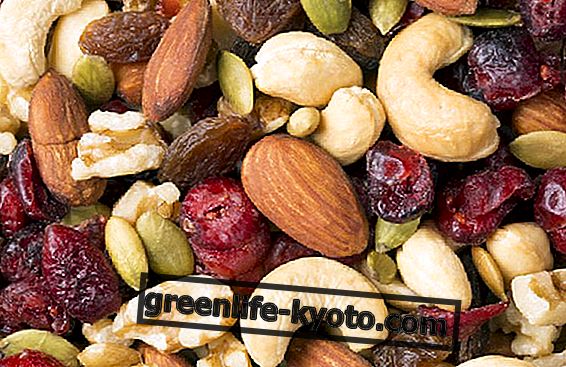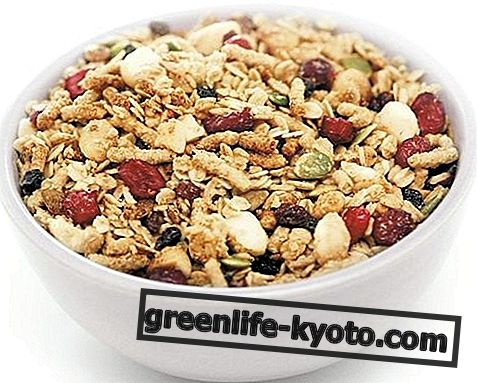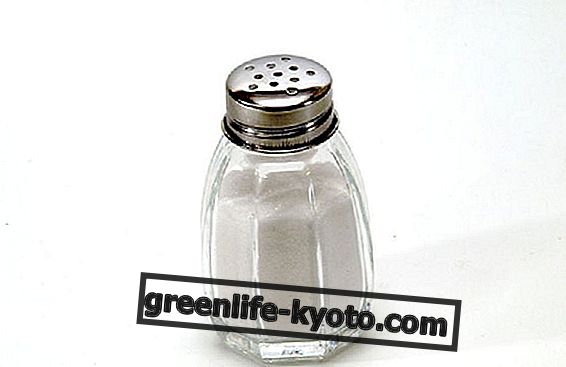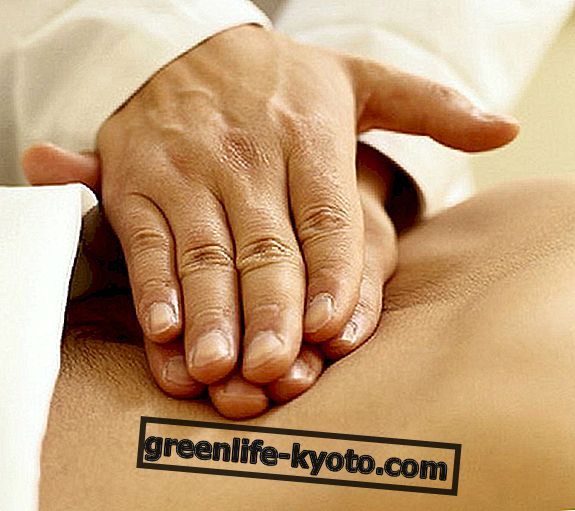Peanuts are the fruits of a hypogean herbaceous plant ( Arachis hypogaea ) belonging to the Fabaceae family. The seeds are an important source of vitamins and mineral salts, useful for the health of the skin and the nervous system. Let's find out better.
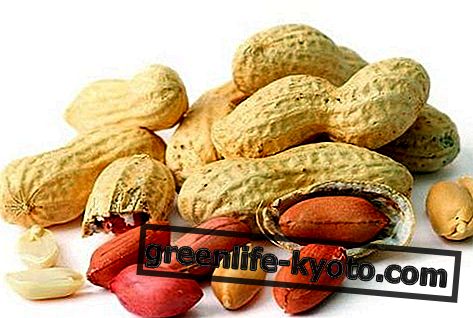
Main nutrients of peanuts
Peanuts, also known as American peanuts, are very proteinaceous seeds (composed of about 28% protein) and a precious natural source of various substances useful for health such as vitamins E and PP, folic acid, arginine and coenzyme Q10 (present in few other foods).
They provide the body with a good supply of fiber and mineral salts, including zinc, potassium, phosphorus, manganese, magnesium and copper .
Property
Peanuts are very powerful natural antioxidants, like strawberries, blackberries and carrots. They keep the body young and preserve the beauty of the skin .
Their arginine content makes them valuable for growing children, while vitamin PP is important for blood circulation and the health of the nervous system .
The excellent concentration of folic acid makes peanuts a food that stimulates fertility and is essential during pregnancy .
Studies have shown that peanuts, thanks to coenzyme Q10, are a valid aid for those suffering from headaches .

Peanuts in the kitchen
The cultivation of peanuts in our country is concentrated above all in Veneto and in Emilia Romagna.
Peanuts in Italy are widely used as snacks, especially in the caramelized version ... who has never nibbled during village fairs and festivals?
Peanut squeezing produces an oil with a delicate flavor and much cheaper than olive oil that is used for frying .
Peanut butter, a paste made from ground peanuts, palm oil, salt and sugar, is commonly used in America. The origin of this butter seems to date back to the end of 1800, a time when poverty precluded meat from many families and a replacement food was sought that had an important protein intake but an affordable price.
Delicious seeds to consume carefully!
These seeds, although very healthy and nutritious, should be consumed in moderation due to their high caloric intake and are often marketed with the addition of salt.
Peanuts are also an alfatoxin-prone food, so you should pay close attention to the appearance of these seeds before consuming them: if they appear altered, dark or covered with a gray powder, avoid eating them.
They can also be a cause of food allergy (in third place after milk and eggs) and in allergic subjects they can cause symptoms such as asthma and anaphylactic shock.
By Stefania Puma

